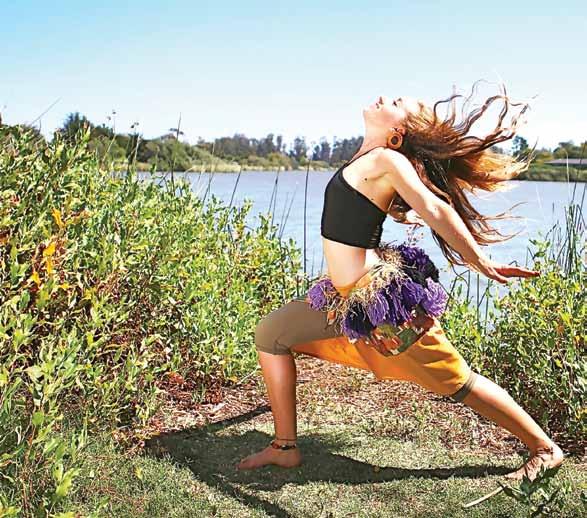
1 minute read
AFTERHOURS
the dance
CONNECTION
traditional West African Dance is free, expressive and loaded with history and culture, and Brita Connelly was hooked from the moment she first tried it
During traditional performance, the djembe drum begins the ritual, followed by the singer and the other instruments. The drum originates from West Africa and is said to come from the saying “anke djé, anke bé” which translates to “everyone gather together in peace.”

PHOTOGRAPHY BY SEBASTIAN COSTA
rom 9 to 5, Brita Connelly can be found at Transitions Mental Health where she is a family advocate. But, after hours it’s all about dance, specifically West African Dance Movement. When she was a student at Cal Poly a friend invited her to try an African Dance class. “From that point on, I was hooked,” Connelly remembers, “there’s just something about it that feels right for my body.” The movements that go along with this form are so free-flowing, in fact, that there are no names for the various steps. Connelly explains that descriptions are made up for a particular routine as they go along, she said that the move she is demonstrating in the photo could be called “step right, flappy, flappy,” for example. Connelly stresses that it is important that everybody can participate, “Everyone will have a different expression and interpretation and their bodies may be only able to do it a certain way, but that is what makes
Fit so great. It’s a celebration of life as we know it, in these very meaningful and important dances that have been passed down from generation-to-generation and have been used to celebrate a harvest or a wedding through time.” Together with the dancers and drummers from the Central Coast Afro Rhythm and Dance troupe—a group she refers to her as her family— Connelly now carries on the tradition through local performances. SLO LIFE










